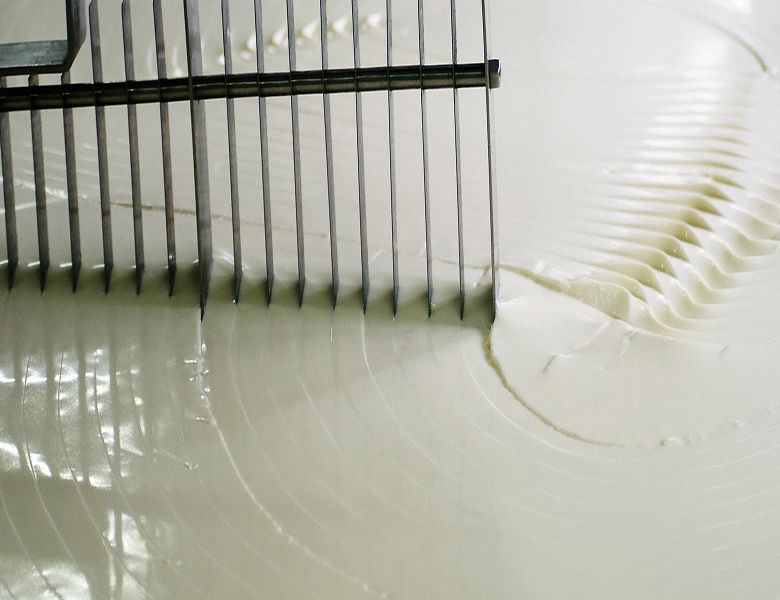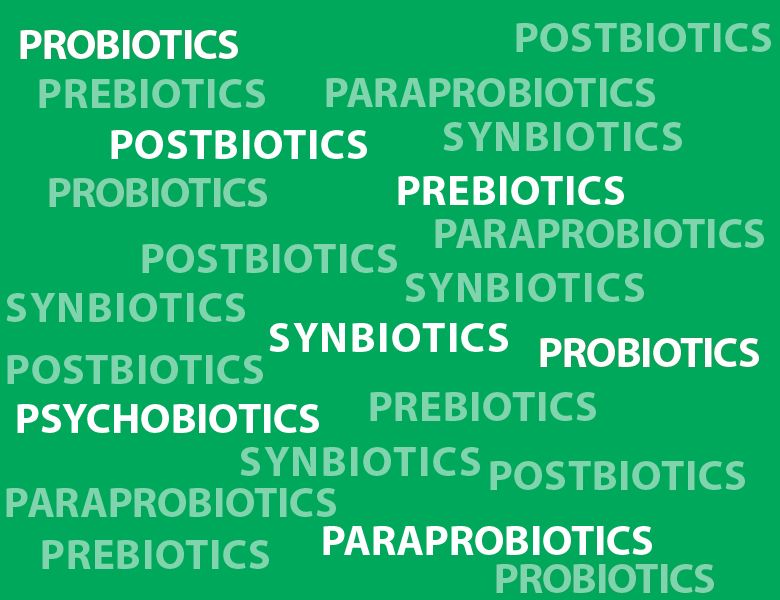- آتاماد
- Properties of rennet
Properties of rennet

- | user2 |
- Viewer: 2687
Properties of rennet , Milk coagulation enzymes have been used to make cheese since ancient times.
Throughout history, the term "rennet" has only been applied to the extract of a bovine's calf stomach. At present, most enzymes that are involved in milk coagulation use this name. The FAO committee uses the term "rennet" preceded by the name or source of a particular enzyme for milk coagulation enzyme preparations, e.g., calf rennet, animal rennet, plant rennet, microbial rennet, etc.
Existence of comparable definitions and parameters leads to the identification and appropriate choices of each consumer. This article addresses some of the general characteristics of whey.
- Physicochemical properties
The pH of rennet depends on the type, storage conditions, its production origin and also the method of preparation. In aspect of chemical compounds, NaCl varies from 6.5% to 13.46%, while the protein content is from 1.5% to 1.99% and the fat content is from 3.22 to 3.65%.
The color of the rennet obtained from small ruminants is mainly dependent on the animal's diet. So, it varies from white to yellow or green. Commercial cheeses are usually a light brown liquid with a distinctive odor. The color of the cheese may vary from category to category but has no effect on the coagulation activity of the product. These products are white to cream in powder form.
- Molecular and catalytic properties of milk coagulation enzymes
Chymosin and other milk coagulation enzymes belong to the group of aspartic acid proteinases (EC 3.4.23), which are characterized by high content of dicarboxylic and hydroxy amino acids and low levels of basic amino acids. The molecular mass of various milk coagulation enzymes is between 30,000 and 40,000 Da.
The third structure of aspartic proteinases shows high homology. This structure consists of a wide gap, which is the junction of the substrate and contains at least seven amino acids of k-casein.
All aspartic acid proteinases are optimally active in the pH range of 2-4, are stable at pH 2-6, but at these pH values are slowly autolyzed. At alkaline pH, they rapidly undergo irreversible denaturation. Although milk coagulation enzymes have high activity at an almost neutral pH (6.5), the isoelectric point and optimal pH of all aspartic proteinases are in the acidic range. For example, the optimal pH of chymosin is 3.8, but it has a specific milk clotting activity at a milk pH of 6.7.
Also keep in mind that milk clotting conditions, such as pH, calcium content, and temperature, strongly affect milk clotting activity. The ability of pepsin to coagulate milk is particularly highly dependent on pH.
All aspartyl proteinases are sensitive to and inhibited by pepstatin (a modified pentapeptide produced by a strain of streptomyces).
- Microbiology of commercial rennet
All coagulants must microbiologically meet the requirements of the Association of
Manufacturers of natural Animal-derived Food Enzymes (A.M.A.F.E). According to these rules, the coliform content should be up to 30 CFU / g, and the total mesophilic microflora should be up to 5 × 104 CFU / g.
These products should contain no E. coli, Salmonella species, mycotoxins, and antibacterial agents. In addition, the maximum levels of arsenic, lead, and heavy metals are 3, 10, and 40 ppm, respectively.
- Milk Clotting Activity
The oldest definition of MCA is the definition given by Soxhlet in 1877, according to which MCA is defined as the volume of raw milk that can be coagulated by one unit volume of rennet in 40 minutes at 35 ° C. MCA is one of the important technical features of a rennet because it affects all the properties of the clot.
However, this definition was unsatisfactory due to changes in the ability of raw milk to clot. In 1952, the British scientist NJ Berridge made progress in the analysis of milk clotting by proposing the use of standardized milk powder with 0.01 mol / l calcium chloride as a substrate.
The Berridge Unit or rennet unit (RU) is an activity that is capable of clotting 10 ml of standard milk (pH 6.3) in 100 seconds at 30 ° C. By the 1990s, Soxhlet and Berridge units were widely used for almost all definitions of milk coagulation test. However, changes in the composition of commercial rennet and coagulants on the today’s market have made the old definitions too uncertain and inaccurate.
Today, the total amount of rennet MCA is measured on standard milk according to the Relative Milk Clotting Activity Test of IDF (REMCAT method) and is obtained with IMCU (International Milk Clotting Units) per gram or ml of rennet or liquid is declared.
- Proteolytic activity
Chymosin, the major proteinase in rennet, specifically hydrolyzes the Phenylalanine-Methionine bond, while pepsin lacks the specific ability to hydrolyze protein bonds including aromatic amino acids (phenylalanine, tryptophan, and tyrosine).
There is no standard method for measuring proteolytic activity. This feature can be determined using various techniques such as urea PAGE, RP HPLC, or spectrophotometry of products released from milk proteins or synthetic substrates digested with the tested yeast. Proteolytic activity can also be determined indirectly through cheese proteolysis. Since proteolytic activity is not equally affected by the type of rennet source and pepsin content, contradictory results will not be unexpected.
GET IN TOUCH
Copyright © 2023 Atamad.com All right reserved
Website design and SEO services by Seohama team – Web hosting by Sarverhama
Copyright © 2023 Atamad.com All right reserved
Website design and SEO services by Seohama team – Web hosting by Sarverhama








